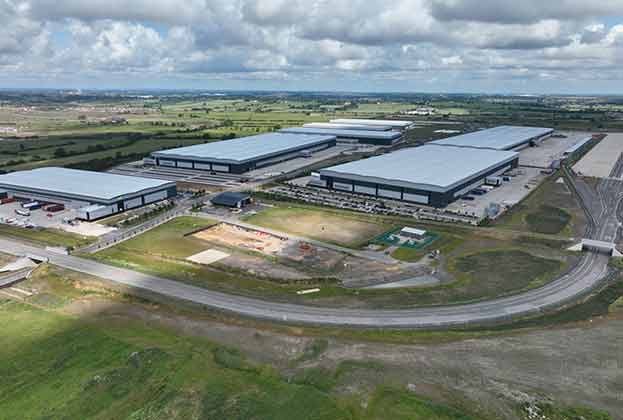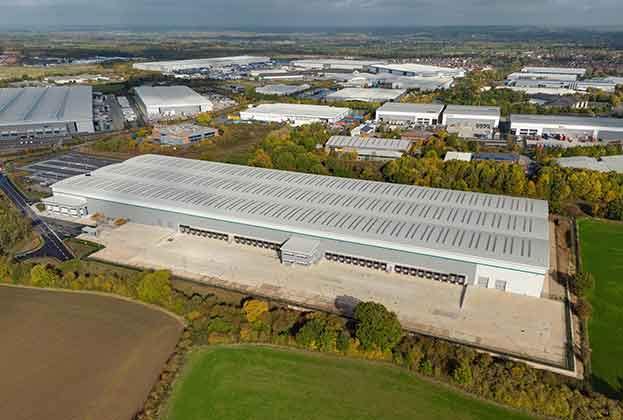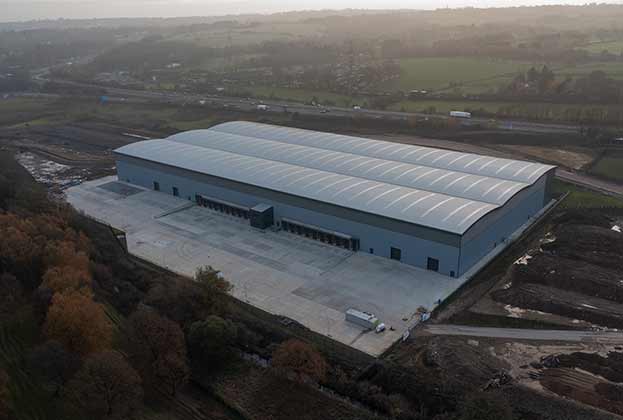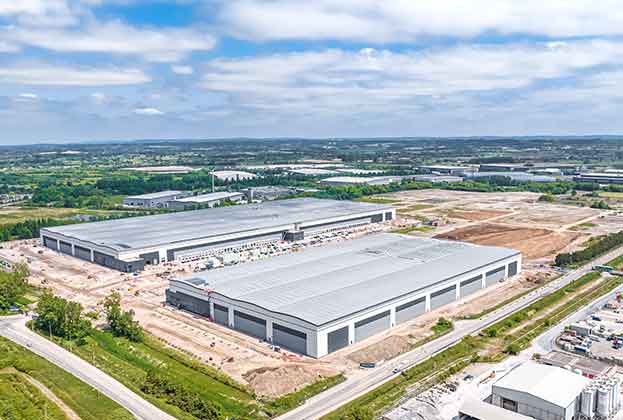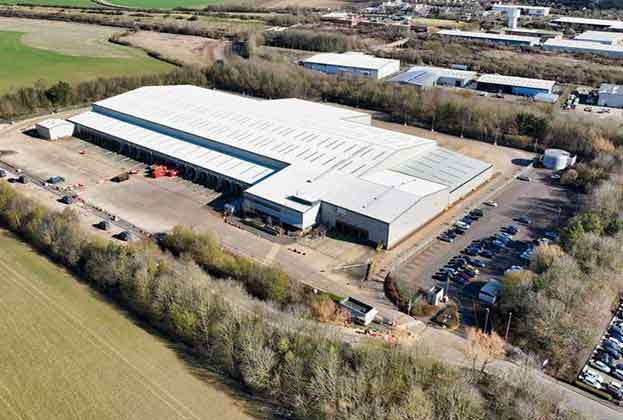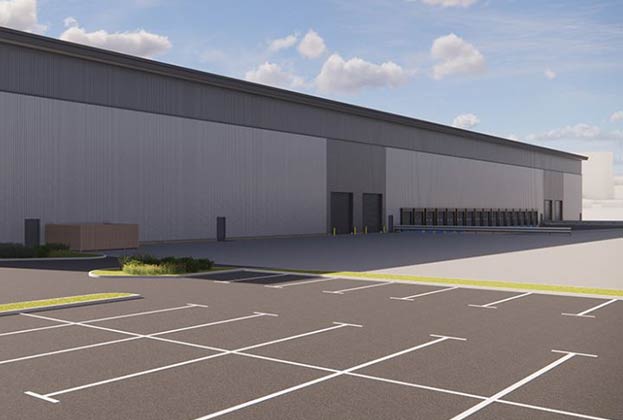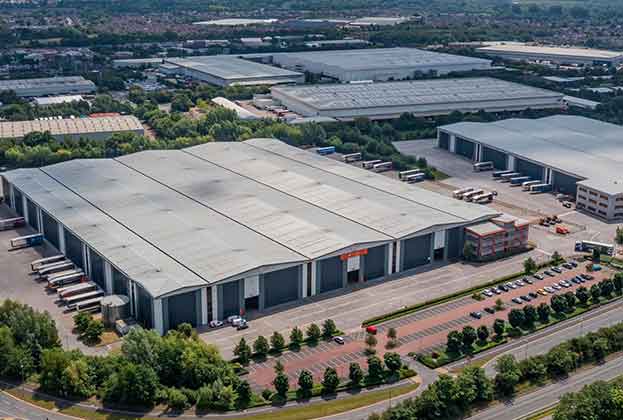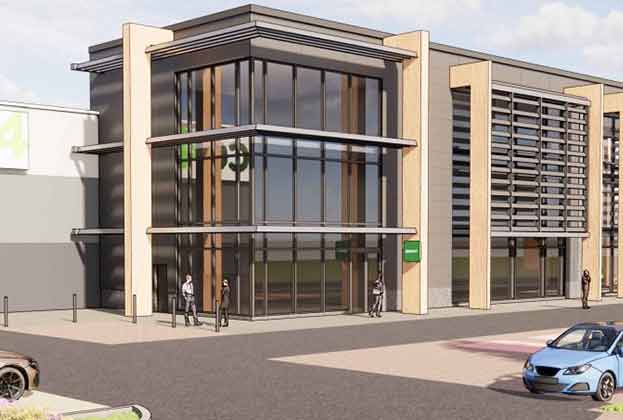New build take-up accounted for 81% of the market as operational efficiencies and ESG increase in importance
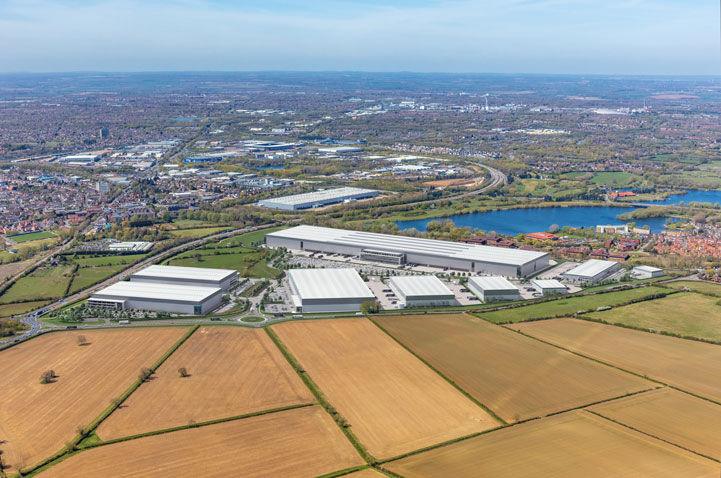
PLP MK: Reserve matters consent secured for 1m sq ft with 21 metres clear height. Savills is the agent
Our requirements database has seen an uptick in occupier interest during H1 2023, which indicates that we have a stronger H2 2023 to come. Speculative development announcements have fallen by 77% from H1 2022 to H1 2023; only 0.37m sq ft of speculative development has been announced this year
Toby Green, Director, Head of London and South East
Supply
Over the past year, the supply of warehouse space over 100,000 sq ft has witnessed a 128% increase, reaching a total of 8.98m sq ft across 51 units. This growth can be attributed to the completion of multiple units as well as the inclusion of grey/occupier-controlled space, which now accounts for 14% of the overall availability. In terms of regional distribution, there is currently 6.48m sq ft of warehouse space available in the South East across 37 units, while London offers 2.5m sq ft across 14 units.
Occupiers are placing an increasing emphasis on environmental, social, and governance (ESG) factors. Presently, a significant portion of the warehouse stock falls short of the required EPC B (Energy Performance Certificate) standard, which is outlined in government policy. Currently, 74% of the total stock in London and 68% in the wider South East fails to meet this standard.
Analysing the vacant stock shows 40% of the total sq ft is Grade A speculatively developed space, 27% is Grade A second-hand space, 14% is Grade B, and 19% is Grade C. There are now 38 units between 100,000 and 200,000 sq ft, eight between 200,000 and 300,000 sq ft, four units between 300,000 and 400,000 sq ft, and one unit between 400,000 and 500,000 sq ft. Vacancy has risen to 6.50%; Savills modelling suggests that it is to peak at 6.96% before falling in 2024.
Take-up
Take-up in 2023 has reached 2.52m sq ft across 11 transactions, which is in line with the long-term average. In 2023, 73% of transactions have been within the 100,000–200,000 sq ft size band, 9% within the 200,000–300,000 sq ft size band, and 18% over 500,000 sq ft. The average deal size this year was 229,108 sq ft.
Occupiers continue to choose modern units to satisfy their requirements, with 59% of space transacted in 2023 being built-to-suit space, 22% new speculatively developed space, 15% Grade A second-hand space, and just 4% Grade C space.
Occupier demand has been diverse with demand coming from a range of sectors: manufacturers have accounted for 41% of the activity, followed by grocery retailers at 29% and the other sectors at 16%.
Development pipeline
There are now just eight units under construction across the region, totalling 1.33m sq ft, representing a 63% decline in development activity in the last 12 months. There are six units under construction within the 100,000–200,000 sq ft size band, one within the 200,000–300,000 sq ft size band, and one within the 300,000–400,000 sq ft size band.
Read the articles within Big Shed Briefing below.
.jpg)
